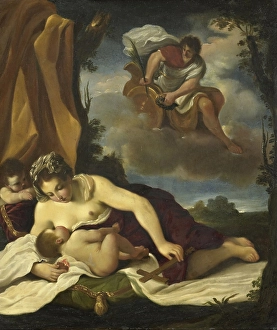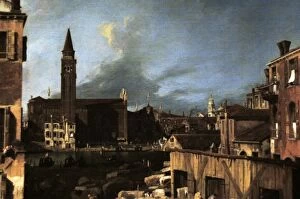Carita Collection
"Carita: A Legacy of Compassion and Generosity" In the realm of art, there exists a profound depiction of humanity's innate goodness - Carita
All Professionally Made to Order for Quick Shipping
"Carita: A Legacy of Compassion and Generosity" In the realm of art, there exists a profound depiction of humanity's innate goodness - Carita. This timeless concept transcends time and space, embodying the essence of charity in its various forms. Dating back to 1320, an exquisite marble sculpture titled "Charity" captures the very essence of selflessness. Its delicate features evoke a sense of tenderness as it stands as a testament to mankind's capacity for love and compassion. Fast forward to 1792, where another masterpiece emerges - "Charity (plaster)". This creation serves as a reminder that acts of kindness know no boundaries or limitations. It symbolizes the power within each individual to make a difference in someone else's life. Feeding the hungry has always been at the core of charitable endeavors. In 1795, an intricately detailed plaster artwork titled "Feeding the Hungry" showcases this noble act with utmost sincerity. The artist skillfully portrays empathy through every stroke, emphasizing our duty to alleviate suffering wherever we encounter it. Moving from plaster to marble, we find ourselves immersed in St. Pius V's Mausoleum adorned with statues representing Charity itself. These magnificent sculptures serve as beacons guiding us towards benevolence and reminding us that even in death, one can leave behind an everlasting legacy rooted in care for others. The year 1685 introduces us to St. Ignatius taking care of the sick and poor through a mesmerizing fresco painting. With vibrant colors dancing across walls, this artwork narrates tales of healing hands extended towards those most vulnerable among us – inspiring all who witness it to follow suit. Canaletto's renowned piece "The Stonemason’s Yard" transports us into bustling streets where artisans shape stones destined for grand structures like mausoleums or churches dedicated to acts such as feeding the hungry or caring for the sick.
















